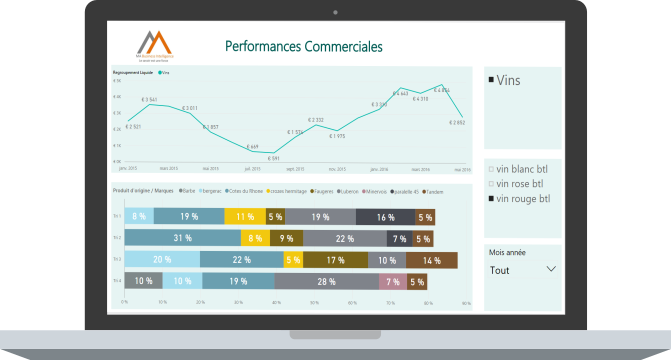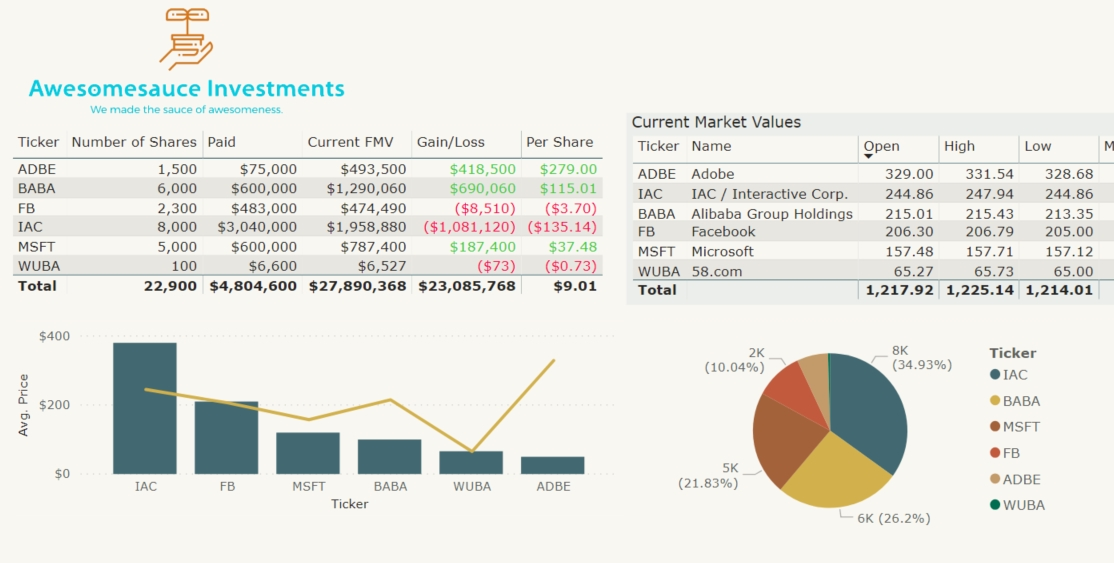

In the Salesperson table, multi-select the following columns, and then hide them (set the Is Hidden property to Yes): When prompted to confirm the deletion, click Delete. Right-click the inactive relationship between the Salesperson (Performance) and Sales tables, and then select Delete. Notice that the Salesperson table is available (take care, it might be hidden from view, in which case scroll horizontally to locate it).Ĭreate a relationship from the Salesperson | EmployeeKey column to the Sales | EmployeeKey column. They can only transform data based on what has already been loaded into the data model. Unlike Power Query-sourced tables, calculated tables can’t be used to load data from external data sources. They’re recomputed whenever formula dependencies are refreshed, as will be the case for this data model when new (future) date values are loaded into tables. It’s important to understand that calculated tables increase the size of the data model because they materialize and store values. In the Fields pane, notice that the table icon is a shade of blue (denoting a calculated table).Ĭalculated tables are defined by using a DAX formula which returns a table. To enter a carriage return, press Shift+Enter. carriage returns and tabs) to layout formulas in an intuitive and easy-to-read format-especially when formulas are long and complex. Tip: You’re encouraged to enter “white space” (i.e.

It copies the data only, however model properties like visibility, formatting, etc. This table definition creates a copy of the Salesperson (Performance) table.

It includes features like auto-complete, Intellisense and color-coding, enabling you to quickly and accurately enter the formula. The formula bar supports entering a valid DAX formula. Note that the table name cannot already exist in the data model. In the formula bar (which opens directly beneath the ribbon when creating or editing calculations), type Salesperson =, press Shift+Enter, type 'Salesperson (Performance)', and then press Enter.įor your convenience, all DAX definitions in this lab can be copied from the snippets file, located in D:\DA100\Labs\05-create-dax-calculations-in-power-bi-desktop\Assets\Snippets.txt.Ī calculated table is created by first entering the table name, followed by the equals symbol (=), followed by a DAX formula that returns a table. In Power BI Desktop, in Report view, on the Modeling ribbon, from inside the Calculations group, click New Table. In this task you will create the Salesperson table (direct relationship to Sales). In the Save As window, navigate to the D:\DA100\MySolution folder. If prompted to apply changes, click Apply. To create a copy of the file, click the File ribbon tab to open the backstage view.
POWER BI DESKTOP PRICE WINDOWS
In the Open window, navigate to the D:\DA100\Labs\05-create-dax-calculations-in-power-bi-desktop\Starter folder.Ĭlose any informational windows that may open. To open the starter Power BI Desktop file, click the File ribbon tab to open the backstage view. To close the getting started window, at the top-left of the window, click X. To open the Power BI Desktop, on the taskbar, click the Microsoft Power BI Desktop shortcut. Important: If you are continuing on from the previous lab (and you completed that lab successfully), do not complete this task instead, continue from the next task. In this task you will setup the environment for the lab. The first will be the Salesperson table, to allow a direct relationship between it and the Sales table. In this exercise you will create two calculated tables. Perform Data Analysis in Power BI Desktop However, if you intend to work through multiple labs, for the first 10 labs, we suggest you do them in the following order:Ĭreate DAX Calculations in Power BI Desktop, Part 2ĭesign a Report in Power BI Desktop, Part 1ĭesign a Report in Power BI Desktop, Part 2
POWER BI DESKTOP PRICE SERIES
This lab is one of many in a series of labs that was designed as a complete story from data preparation to publication as reports and dashboards. In this lab you will create calculated tables, calculated columns, and simple measures using Data Analysis Expressions (DAX). The estimated time to complete the lab is 45 minutes Module 5 - Create Model Calculations using DAX in Power BIĬreate DAX Calculations in Power BI Desktop, Part 1


 0 kommentar(er)
0 kommentar(er)
